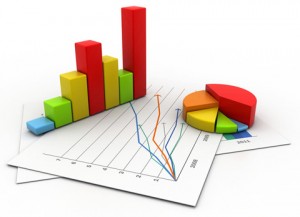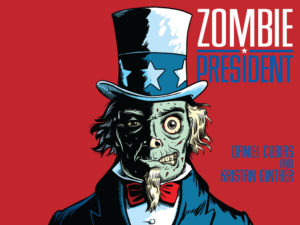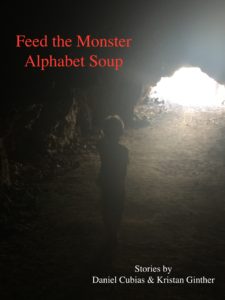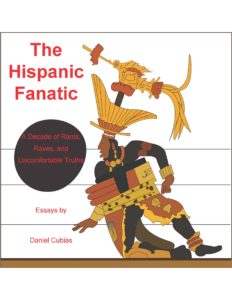I once took a diversity assessment, which sought to gauge how I related to people of different ethnicities and creeds.
The assessment’s feedback stated that I had spent very little time with people who didn’t share my racial background. I found that hilarious, because by virtue of growing up Latino in the Midwest, and then working professional jobs around America, I’ve spent more time with white people than I have with my fellow Hispanics. The assessment, therefore, was very, very wrong.
And that is a big problem with measuring diversity. In essence, how do you do it?
The problem has stumped social scientists, educators, and government officials. Everybody wants more diversity, but as a recent study concluded, “no matter how you look at the numbers, it’s difficult to get a full picture of diversity.” In fact, we can’t even agree what diversity means, much less how to measure it.
After all, is diversity “a measure of equal representation among racial and ethnic groups? Is it a measure of how closely … racial makeup represents society writ large? Or is it something else entirely?”
Perhaps most intriguingly, there is a movement to use “qualitative research methods to try to measure diversity—or the level of inclusion or exclusion of minority groups.”
In other words, maybe we shouldn’t just count how many Latinos are in the city, or at the company, or enrolled on the campus. We should look at how well they fit into that given community. Are they really part of the culture? Or are they just window dressing that allows people to say, “Look at how damn diverse we are!”?
We will most likely never have a perfect level of diversity, but it is even less likely that we will ever have a perfect measurement of it.
But that doesn’t mean the concept isn’t worth chasing.





